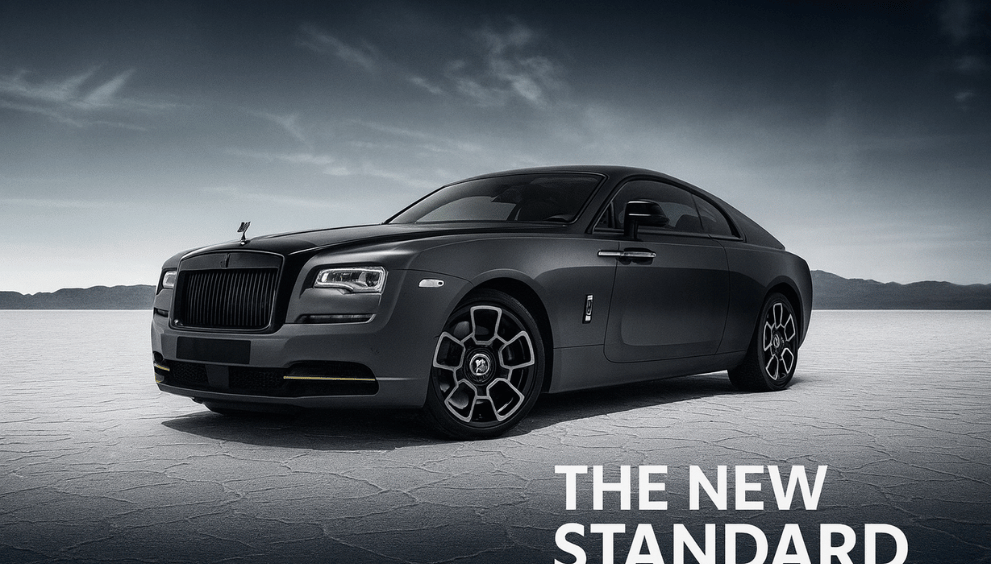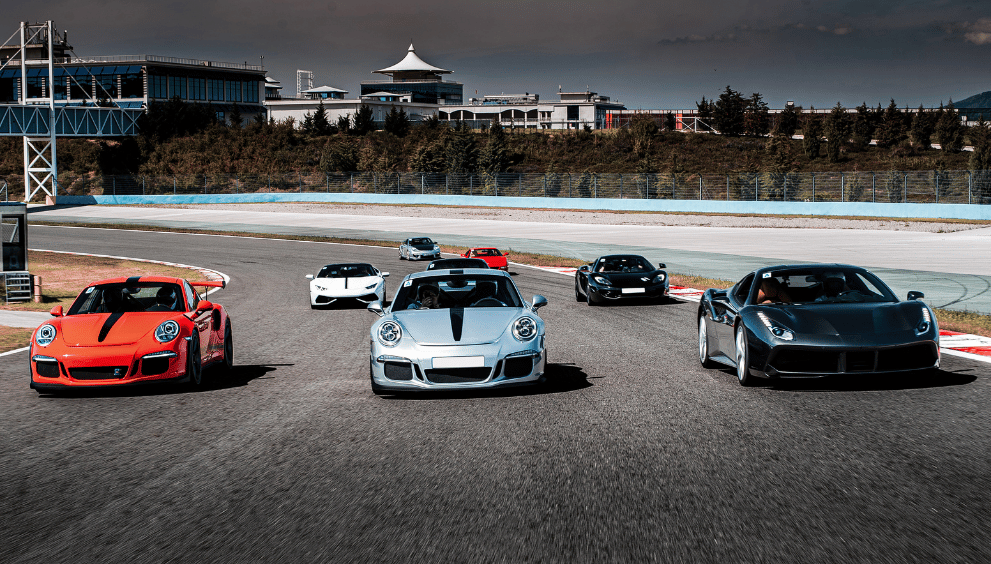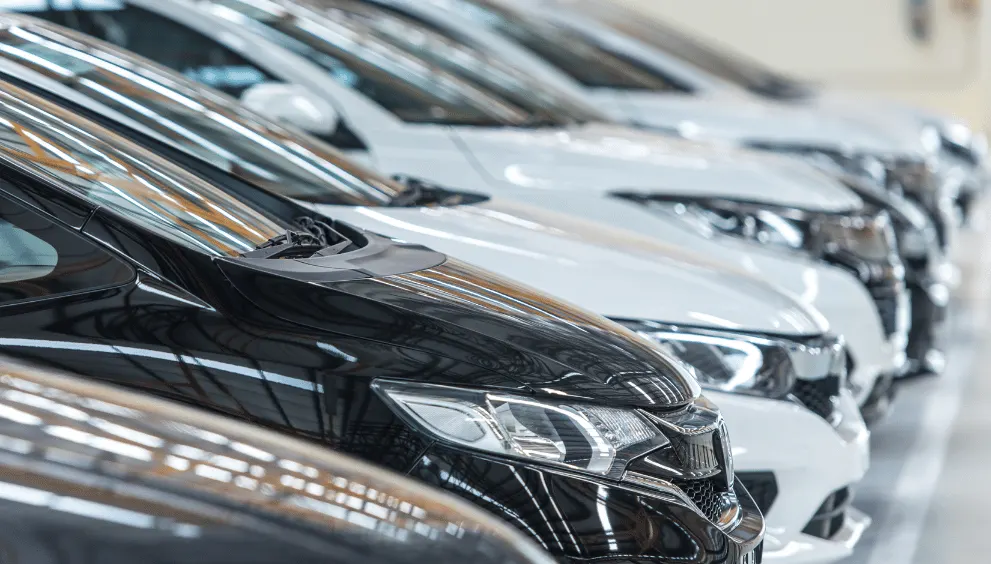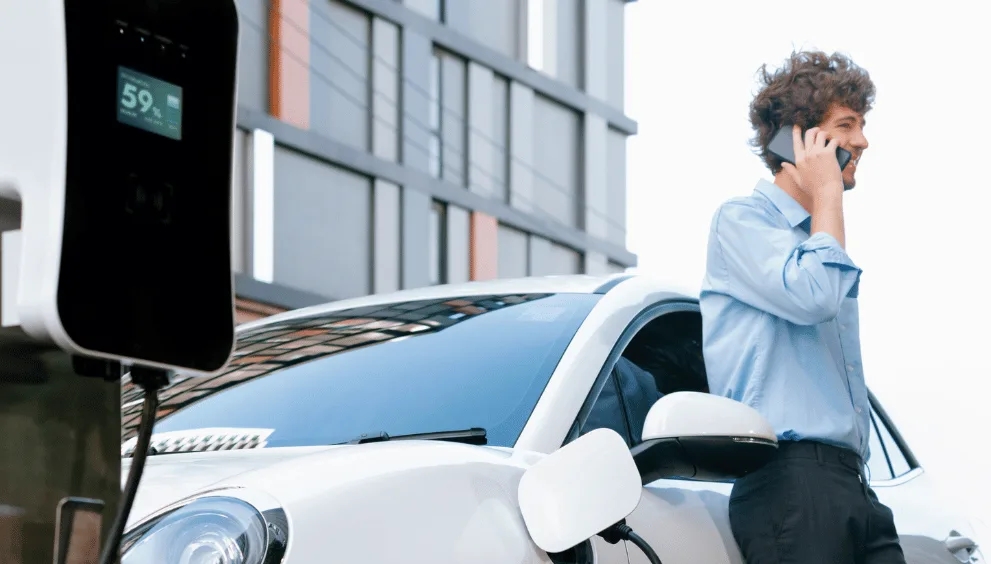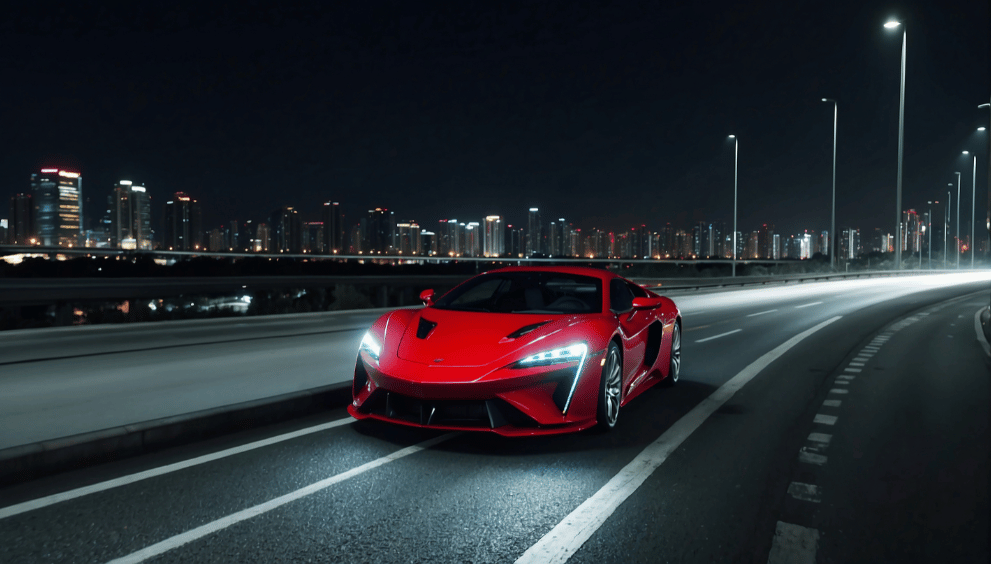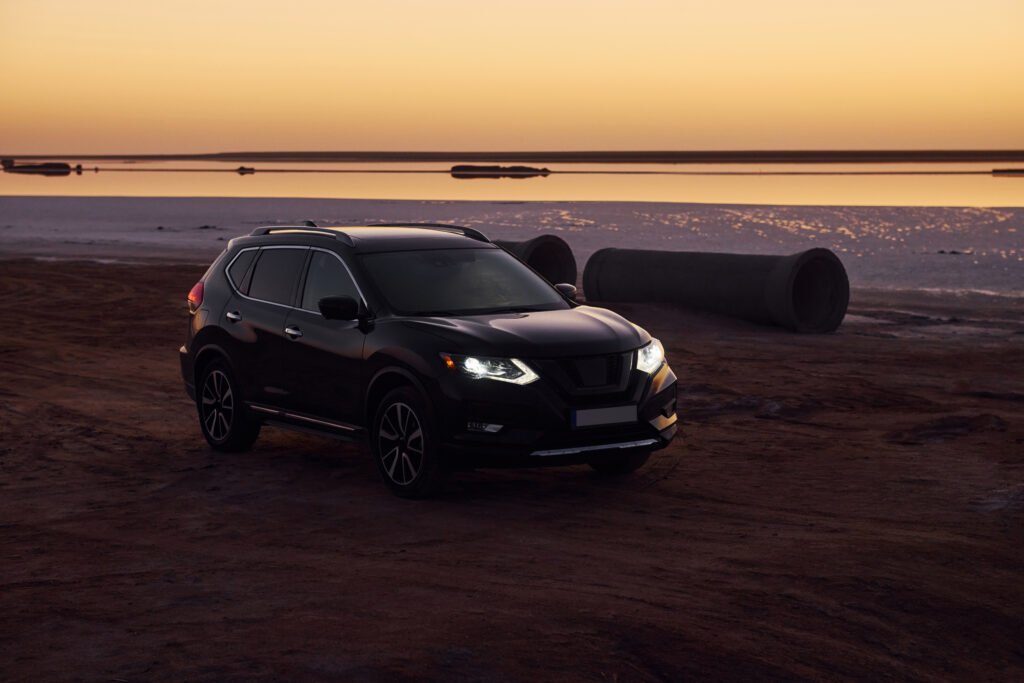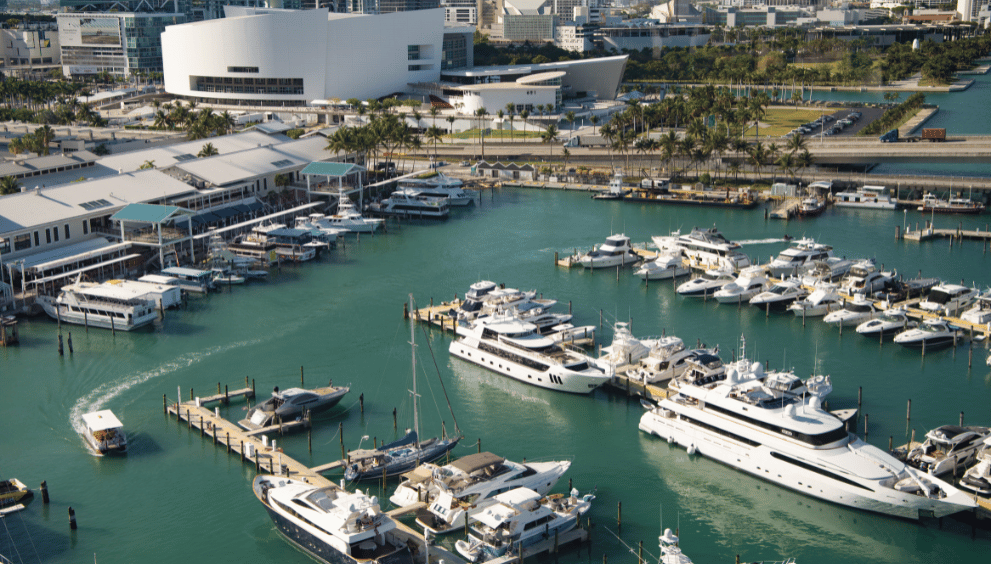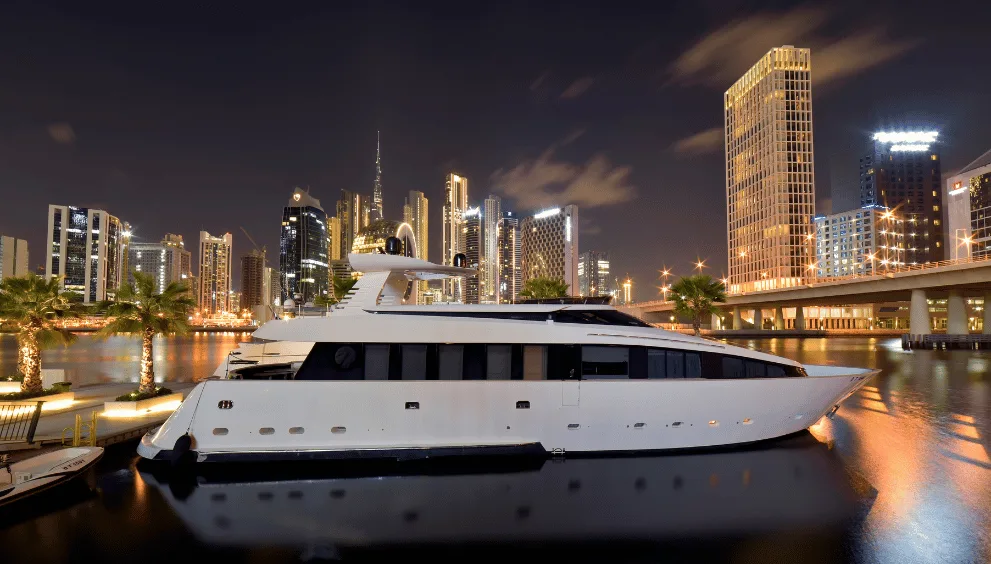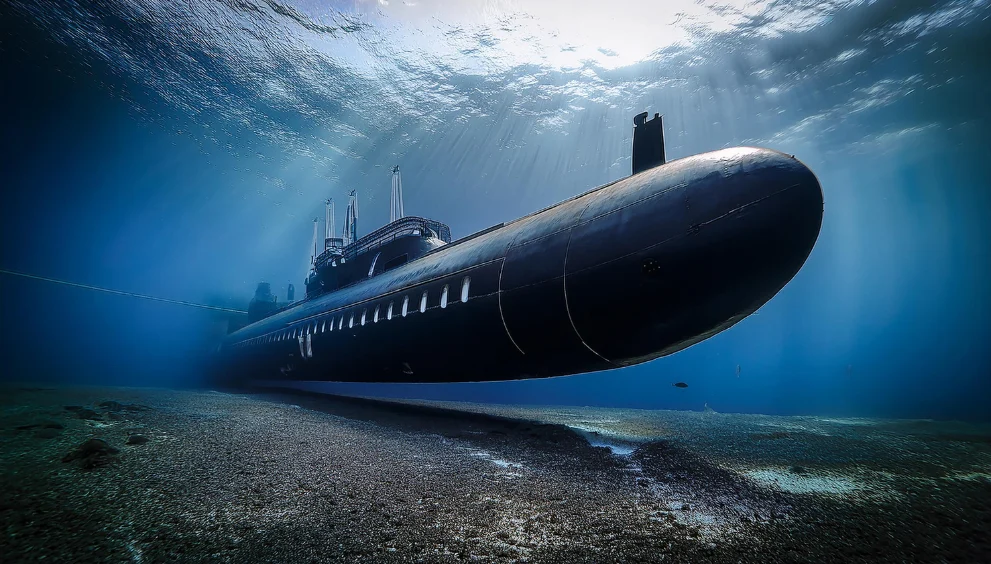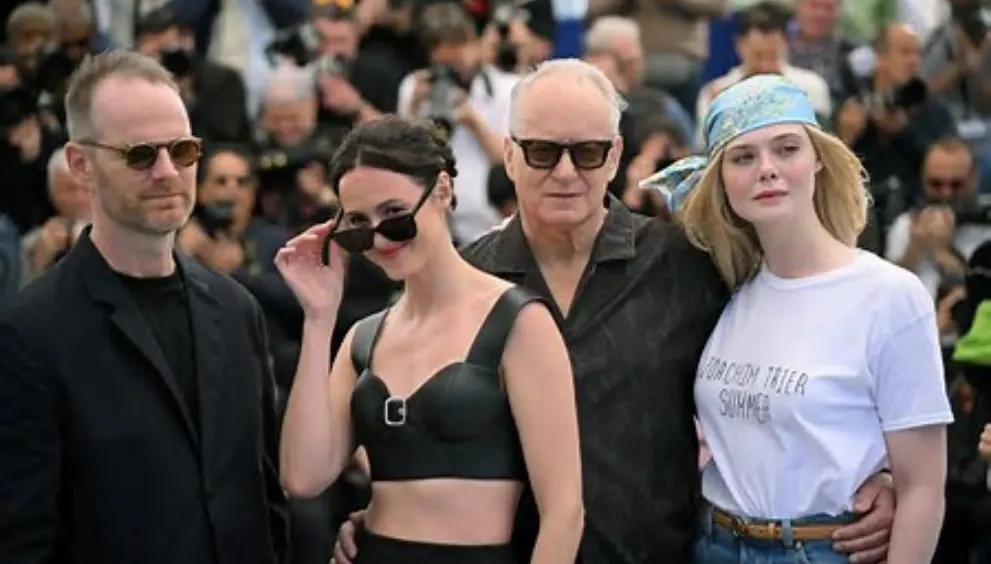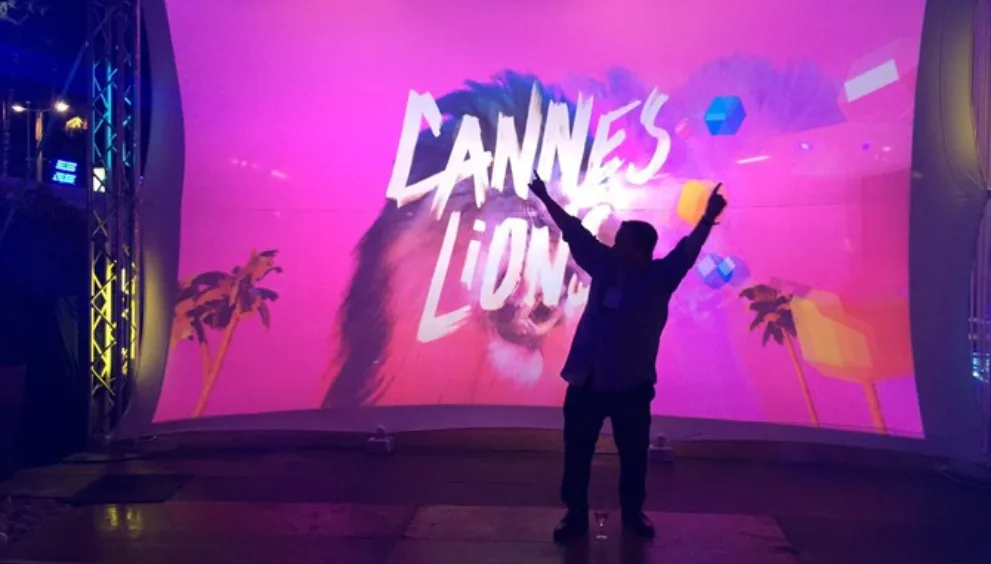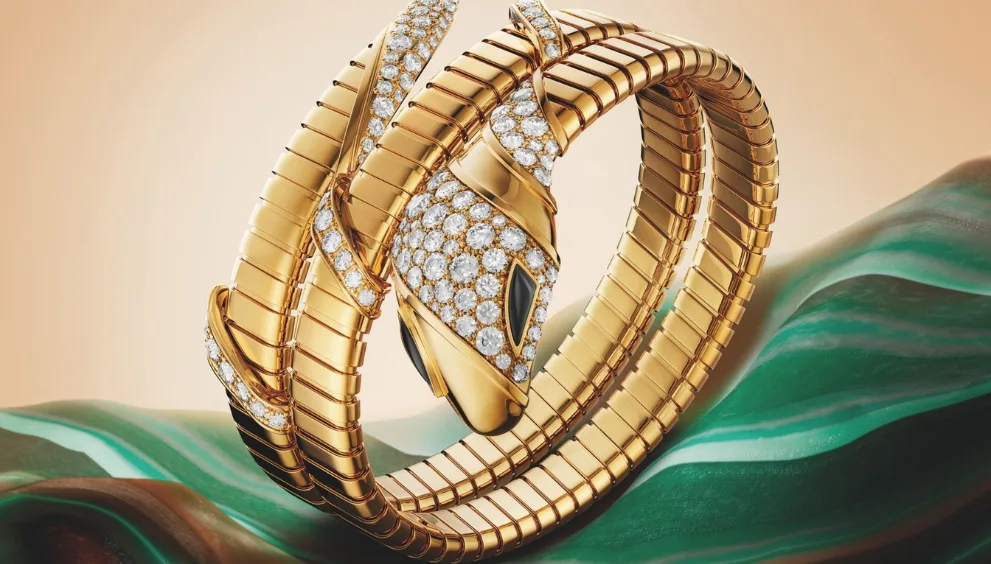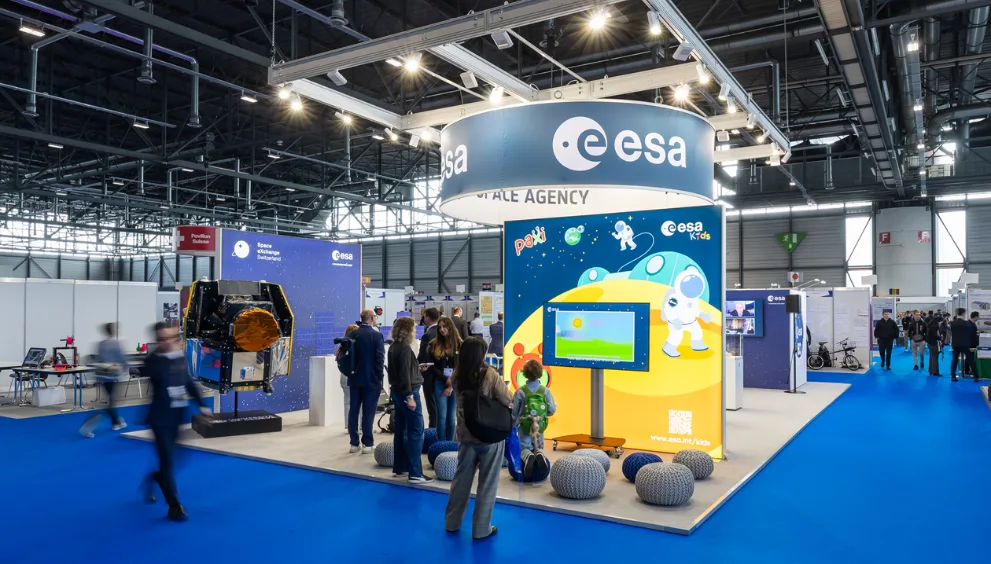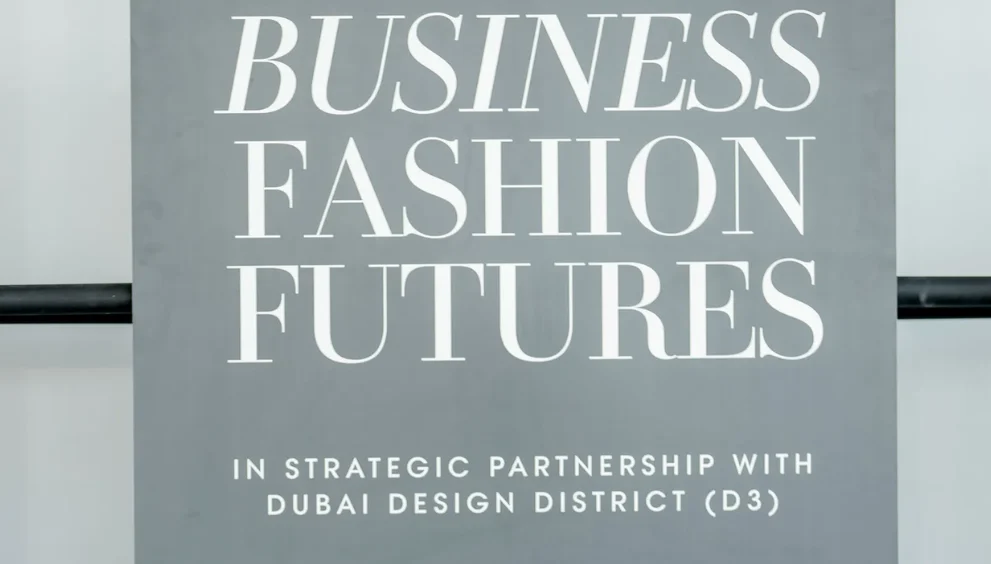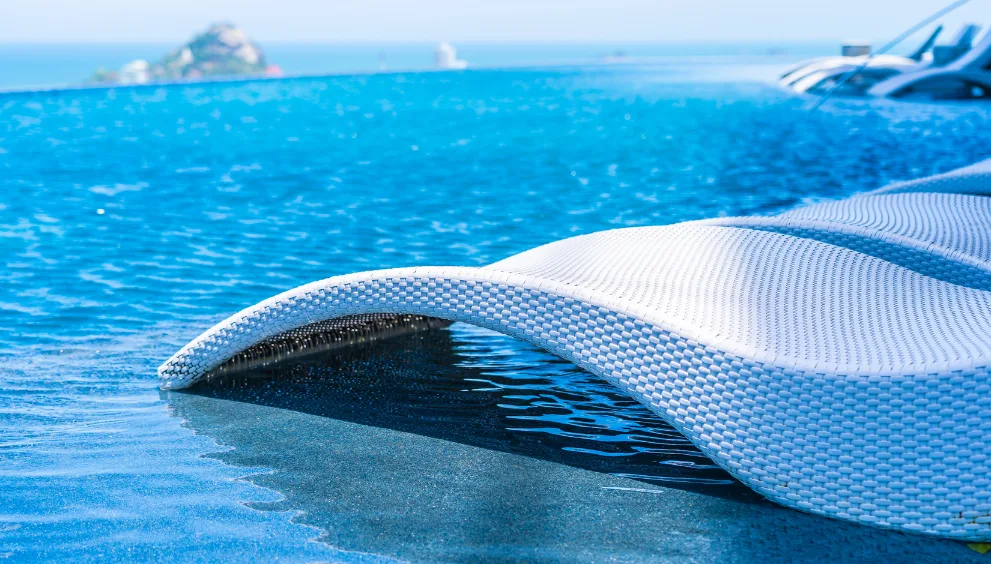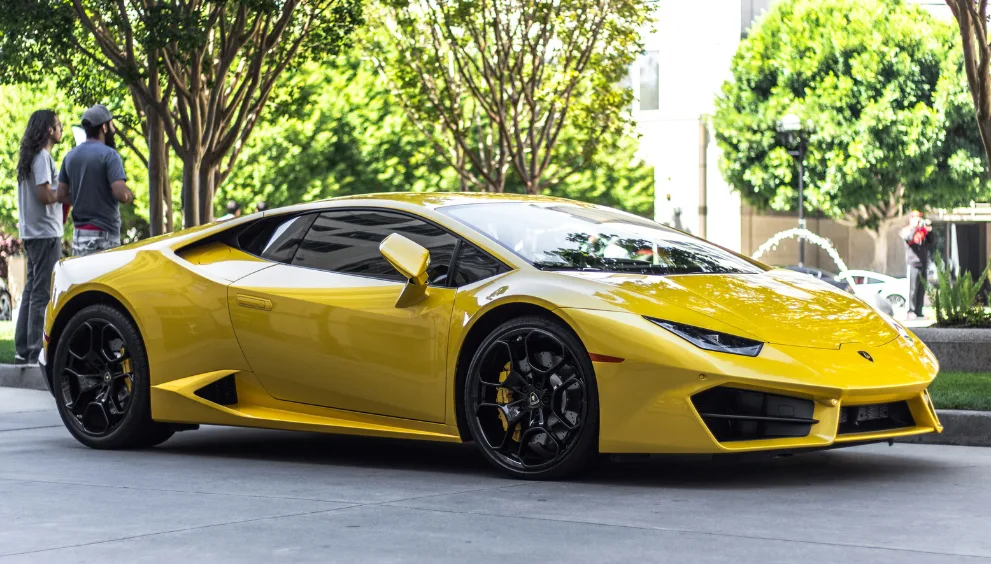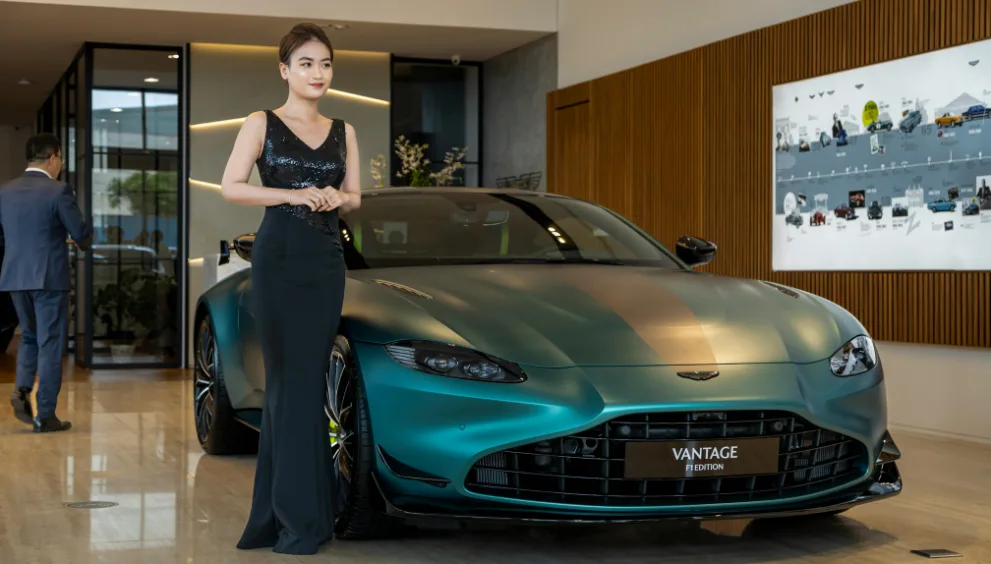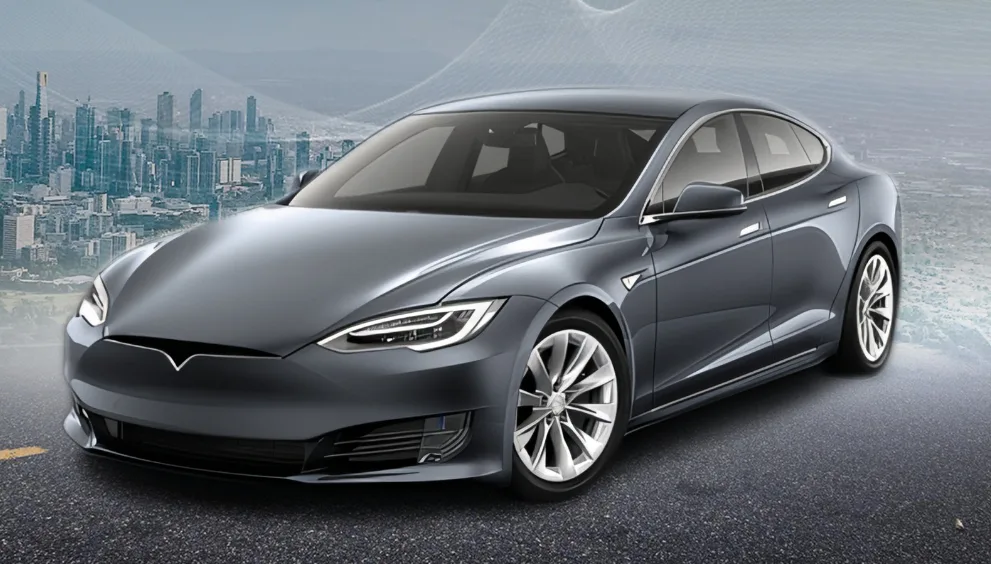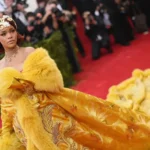Eco-Friendly, But Make It Billionaire: The Rise of $500K Electric Supercars
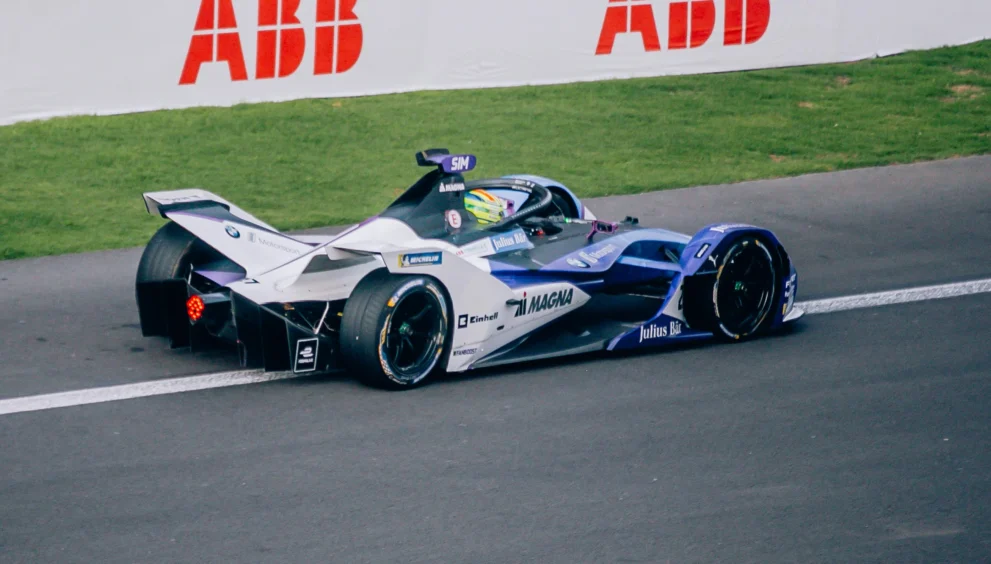
Recent data indicate that the electric supercar market is experiencing significant growth. Research indicates an expected increase of around $3 billion over the next 10 years, with a compound annual growth rate (CAGR) of 9.72%. Probable reasons are advancements in battery technology, increasing environmental awareness, and a growing demand for sustainable luxury vehicles. As a result, electric supercars are emerging as the latest status symbol.
This post explores the ultra-exclusive world of electric supercars, what makes them special, how EV racing is attracting luxury sponsors and elite attention, the broader economic impacts, and how you can be part of this eco-friendly revolution.
The Evolution of Luxury Supercars
The term “supercars” appeared in the mid-20th century, embodying vehicles that incorporate both exceptional performance and luxury. A few such icons are Mercedes-Benz and Ferrari’s 2250 series, setting the standard for speed and elegance. These machines were not just about transportation; they were statements of innovation and opulence.
Defining Electric Supercars
Electric supercars are high-performance sports cars powered entirely by electric motors, delivering instant circulatory force and acceleration. Unlike traditional supercars, E-supercars provide a silent but thrilling experience. It is an excellent high-end technology and sustainability without compromising on luxury.
What Features Set Electric Supercars Apart?
Let’s explore the key features that give electric supercars their elite status.
- Instant Acceleration: Quick torque, or the twisting force or power that rotates an object, is often produced by electric motors. This allows for quick acceleration.
- The efficiency and performance are improved by various functions like AI-driven systems, customized driving modes, and regenerative braking, a method of producing electric energy from kinetic energy used to recharge automobile batteries.
- Sustainable luxury is created by aligning environmental objectives with eco-friendly materials and emitting no emissions from the pipe that serves as an outlet for exhaust gases.
Moreover, these supercars are much more customizable, have higher fuel efficiency, are simpler to maintain, and give unconventional performance, emphasizing efficiency and sustainability without sacrificing excitement.
Present-day electric supercars include Rimac Nevera, which is Croatia’s electric bullet, Pininfarina Battista, built with Italian designs, Lotus Evija, Britain’s first all-electric hypercar, and Tesla Roadster (2nd Gen), which promises a top speed over 250 mph and a range exceeding 600 miles.
Motorsport Meets Luxury: The EV Racing Revolution
Motorsport has always been about prestige. However, in recent times, there has been a shift from combustion engines to electric power. And at the top of this transformation is Formula E, which is the world’s premier all-electric racing series, and is now becoming the favorite of luxury brands, elite sponsors, and even A-list investors.
It was founded in 2014 and was once dismissed. However, today it has evolved into a high-tech vehicle that merges with sustainability. It is attracting similar sponsorship money and celebrity attention once reserved for Formula 1.
Numerous factors contribute to its popularity, such as its entirely electric format that aligns with the ESG principles of progressive brands. Another factor is that its younger, environmentally conscious fan base makes it an ideal fit for contemporary luxury brands.
Another famous event is Extreme E, an off-road electric SUV championship that raises awareness about climate change. It does so by competing with teams in remote places like deserts, Amazon forests, and possibly arctic glaciers. It is like an alliance of motorsport, eco-activism, and luxury adventure travel. Also, it has teams backed by luxury-affiliated names like Lewis Hamilton and Nico Rosberg.
Who is sponsoring them?
Brands such as TAG Heuer a Swiss luxury watchmaker, has a TAG Heuer Porsche Formula E Team, Formula E’s official apparel partner Hugo Boss, Moët became the official champagne supplier and last but not least, LVMH and its brands have increasingly been tied to sustainability ventures in the mobility space.
These cars are even getting elite attention, with Leonardo DiCaprio being one of the early co-founders of a Formula E team (Venturi), bringing Hollywood, and others like Jeff Bezos and Richard Branson have both expressed interest in EV racing.
What Makes These Cars Worth Half a Million
The hefty price tags of electric supercars are justified by:
- Utilizing advanced materials like carbon fiber and other lightweight composites.
- Integration of AI, high-capacity batteries, and bespoke software.
- Providing exclusivity by limited production enhances desirability and collectability.
For instance, the Ferrari’s upcoming electric model is expected to start at over $500,000.
Ripple Effects
The rise of electric supercars impacts various industries:
- Real Estate: The homes of luxury buyers may be equipped with appealing features like EV charging stations
- Fashion: Collaborations between automakers and fashion houses promote sustainable luxury.
- Technology: Advancements in battery and AI technologies highly influence consumer electronics and energy sectors.
There is a visible rise of conscious flexing in fashion, real estate, and travel. This cross-industry influence will eventually lead to broader economic and cultural shifts towards sustainability.
Greenwashing or Genuine Progress
This leads one to question whether the initiatives taken by businesses and brands are sincere or if they are just greenwashing. Many critics put forward the source of electricity used for charging and the effects of battery production on the environment.
However, the research indicates that compared to standard vehicles, the carbon footprint emissions over a lifetime are lower. The secret to resolving these issues is to remain innovative while remaining transparent.
Why It Should Matter to You
Even if you are not planning to own a $500K supercar soon, you can still stay informed with developments in EV technology and sustainable luxury trends.
You can support the shift toward sustainability by choosing products and services of companies that are committed to environmental responsibility, or you can similarly consider investing in EV tech or other sustainable ventures.
By doing this, you can contribute to making sure that responsibility and luxury can go hand-in-hand.



